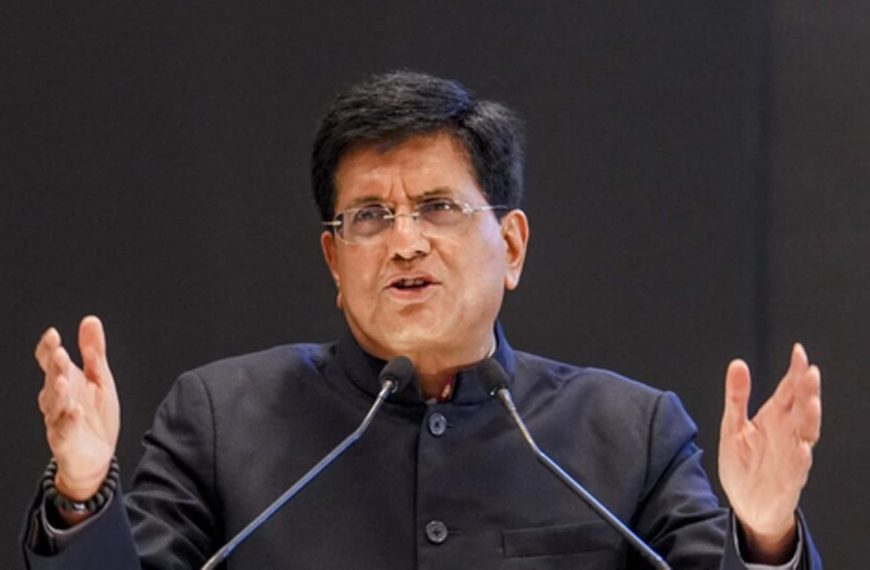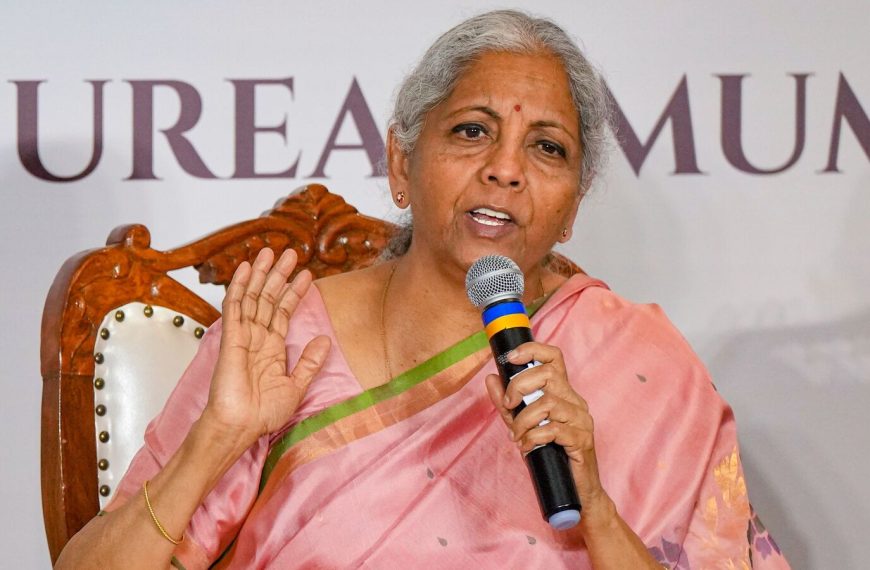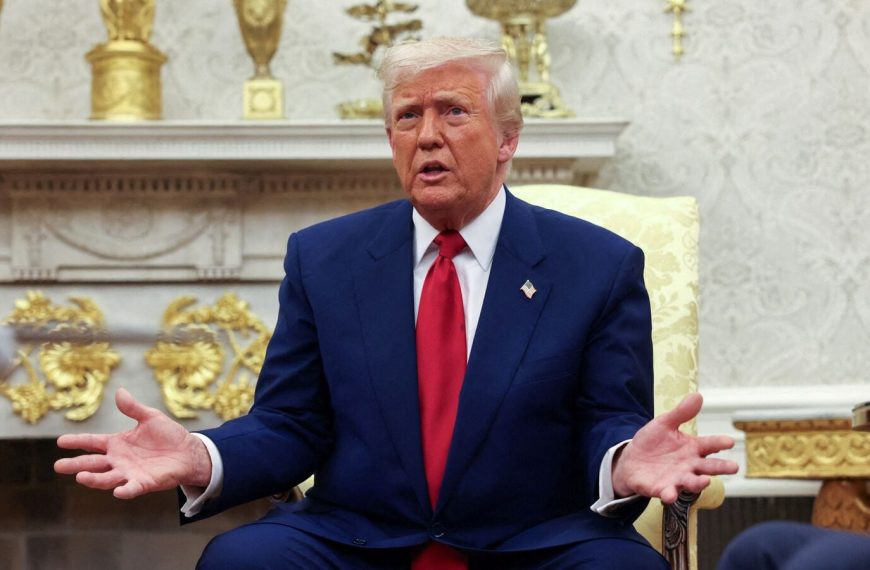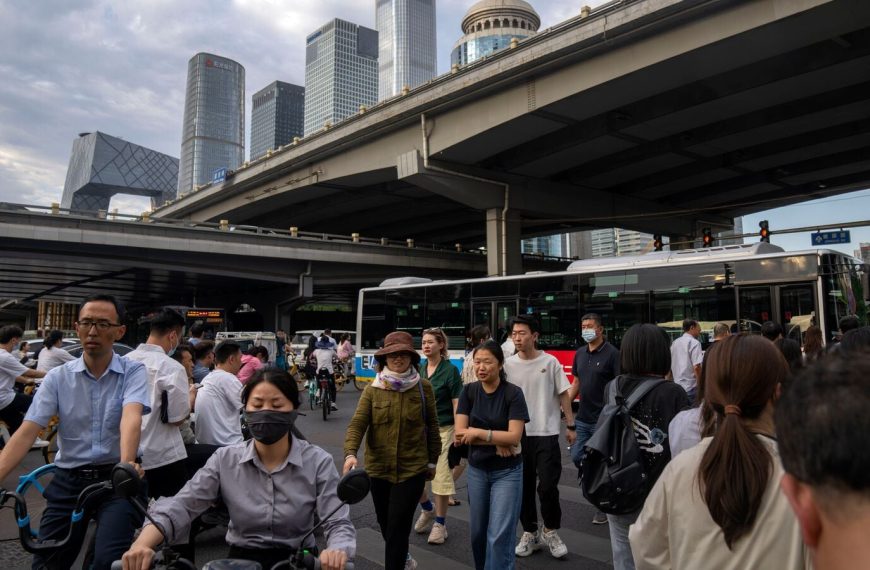Amid rising tensions in international trade, uncertainty looms over India as US President Donald Trump nears a decision regarding his proposed reciprocal tariffs. Scheduled for April 2, these tariffs could significantly impact India and other key trading partners. Indian industry officials express anxiety over potential repercussions, prompting them to urge the government for protective measures. Despite the looming threat, stakeholders remain cautiously optimistic that the US may delay its decision due to ongoing trade negotiations with India.
Understanding the US Tariff Strategy
The essence of the reciprocal tariffs initiative is to allow the United States to increase tariffs on countries with which it has a trade deficit. According to Trump, the US currently faces a staggering $1 trillion trade deficit, significantly harming American workers and industries. He argues that while other nations impose high tariffs, the US maintains lower rates, which he believes is unfair.
Bilateral Trade Dynamics Between India and the US
The trade relationship between India and the US has flourished in recent years. From 2021-22 to 2023-24, the US emerged as India’s largest trading partner, contributing to:
- Approximately 18% of India’s total goods exports
- About 6.22% of imports
- A notable 10.73% of bilateral trade
As of 2023-24, India enjoys a trade surplus of $35.32 billion with the US, a significant increase from the previous year’s $27.7 billion.
Potential Impacts of Tariffs on Indian Exports
The specifics regarding how these tariffs will be implemented remain ambiguous. Analysts are considering various scenarios:
- Uniform Tariff: A flat rate could impose an additional 4.9% on all Indian exports.
- Sector-Specific Tariffs: If tariffs are differentiated by sector, agriculture might see an increase of 32.4%, while industrial goods could face a 3.3% rise.
Insights from Trade Experts
Experts like Ajay Srivastava, founder of the Global Trade Research Institute (GTRI), emphasize that the actual import tariffs on US goods entering India are often overstated. If the US adopts fair trade practices, Indian exports could continue with minimal disruption, fostering a healthier trade environment.
Analyzing Sector-Specific Impacts
India’s exports span various sectors, each affected differently by potential tariffs. Here’s a breakdown:
Agricultural Exports
- Seafood: A projected 27.83% increase on fish and processed seafood, significantly impacting competitiveness.
- Processed Foods: Exports worth $1.03 billion could face a 24.99% tariff hike, making Indian snacks pricier in the US.
- Dairy Products: An alarming 38.23% tariff could inflate prices for ghee and butter.
Industrial Exports
- Pharmaceuticals: With $12.72 billion in exports, this sector might see a 10.90% tariff increase.
- Electronics: Exports worth $14.39 billion could incur a 7.24% tariff, affecting products like smartphones.
Additionally, sectors like textiles and rubber products may experience increased tariffs, while some areas, such as ores and garments, could remain unaffected due to already high tariffs.
Conclusion: The Path Forward
Determining the full impact of these potential tariffs is complex, as non-tariff barriers, VAT implications, and currency fluctuations also play significant roles. As the deadline approaches, Indian industry and government officials will need to navigate these challenges carefully to mitigate any adverse effects on their economic landscape.











